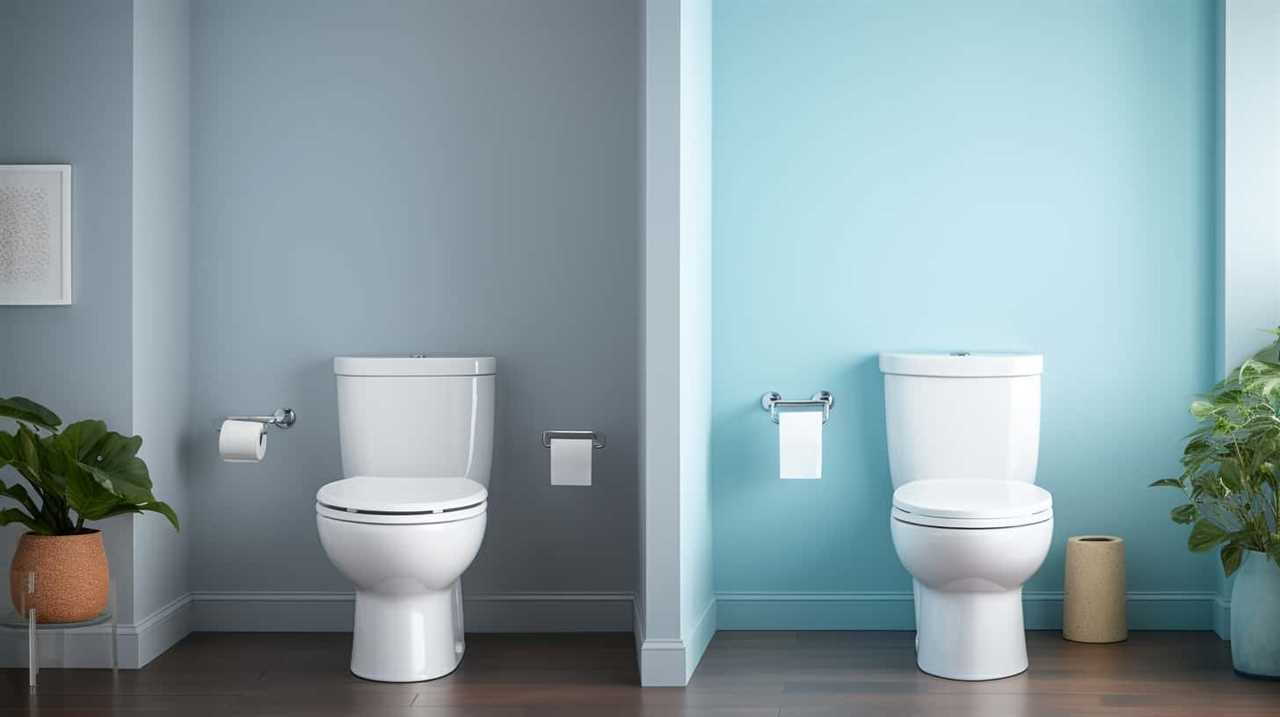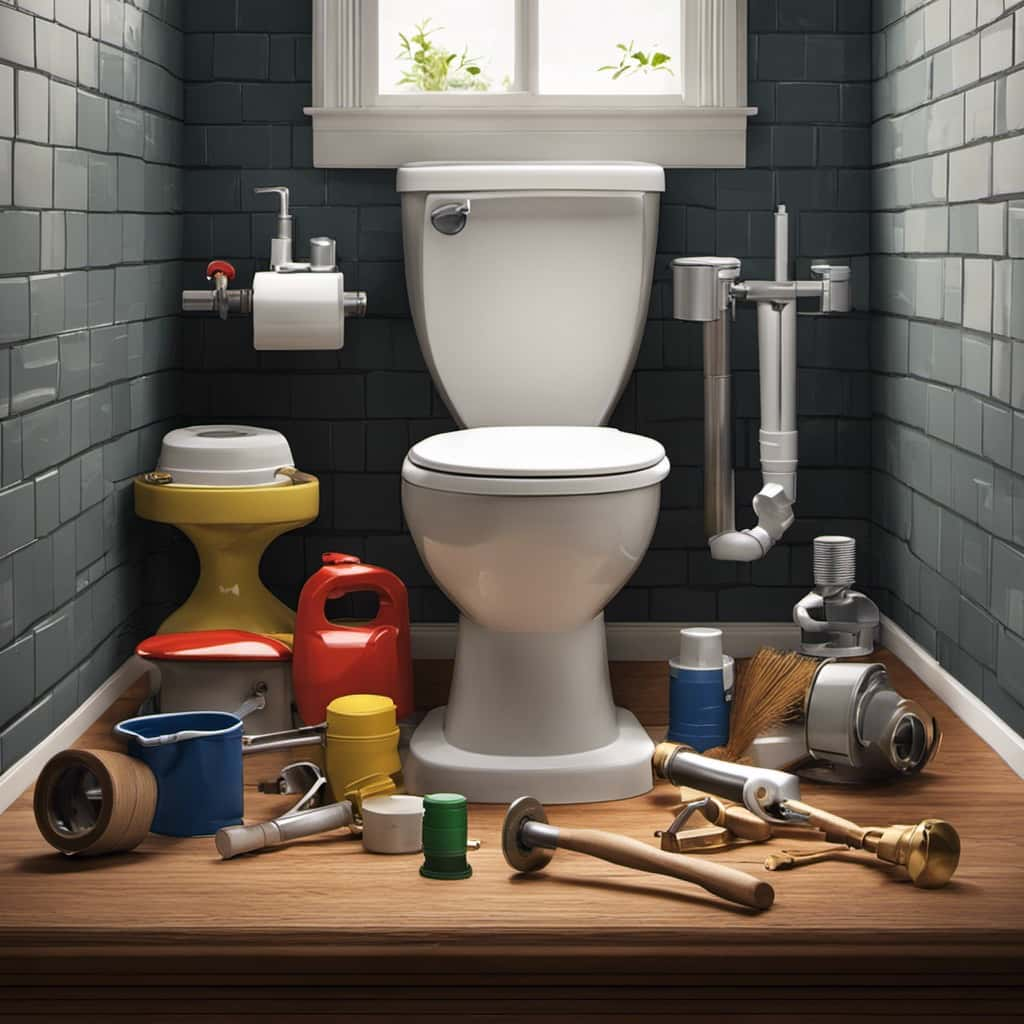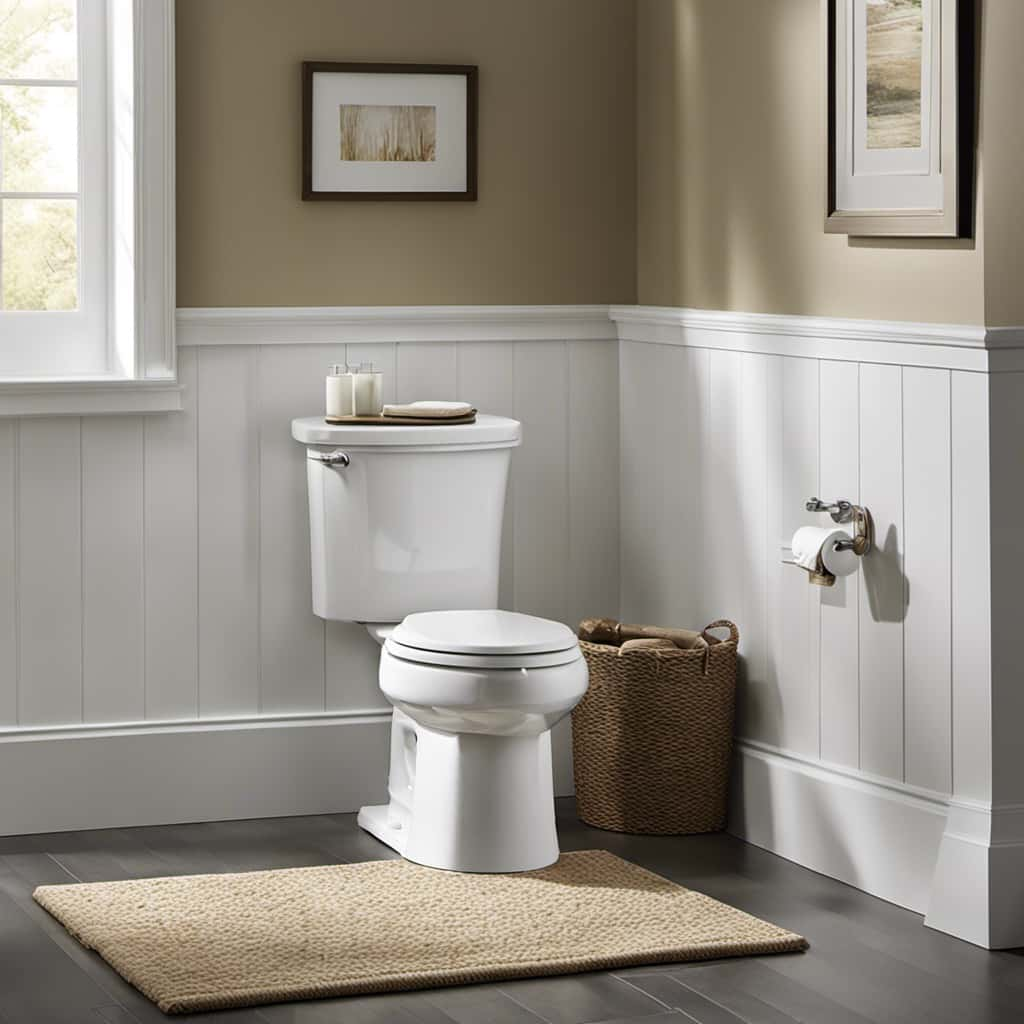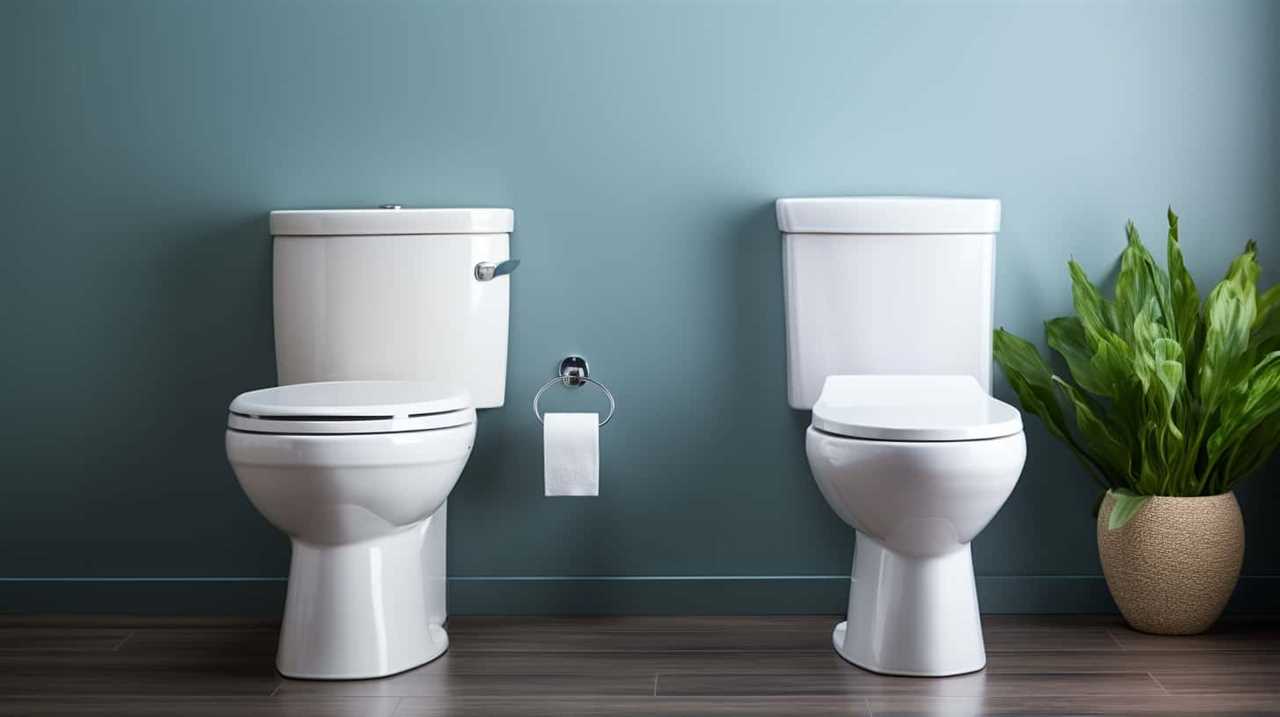Here’s what we know: when faced with a water outage, it can be a real challenge to keep our toilets flushed. But fear not! We’ve got the lowdown on whether or not you can flush your toilet without running water.
In this article, we’ll explore alternative methods for keeping your toilet clean and functional during a water outage.
So, sit tight and get ready to learn some handy tips for mastering the art of flushing during a water shortage.
Key Takeaways
- Water scarcity during a water outage affects various aspects of daily life, including sanitation, hygiene, and cooking.
- There are alternative methods for flushing the toilet during a water outage, such as bucket flush, gravity flush, and garbage bag flush.
- Composting toilets and waterless urinals are alternative solutions that conserve water and reduce strain on resources.
- To prepare for a water outage, it is important to stock up on bottled water, invest in sturdy water containers, and consider having water purification tablets or a portable water filter.
Understanding the Impact of a Water Outage
Understanding the impact of a water outage involves considering the challenges of living without access to running water. The consequences of a water outage can be severe, especially when it comes to the scarcity of water. When there’s a lack of water, it affects various aspects of our daily lives.

Water scarcity can lead to sanitation issues, making it difficult to maintain proper hygiene and cleanliness. Without water, basic tasks like washing dishes, doing laundry, or even taking a shower become nearly impossible. Additionally, the impact of water scarcity can extend to the inability to cook or prepare food properly.
The consequences of a water outage are far-reaching and can greatly disrupt our normal routines. Transitioning into the subsequent section about ‘can you flush your toilet without running water’, it’s essential to understand the broader implications of a water outage on our daily lives.
Can You Flush Your Toilet Without Running Water
During a water outage, we may face the challenge of flushing our toilets without access to running water. However, there are emergency solutions and DIY toilet flush methods that can help us overcome this inconvenience. Here are three options to consider:
- Bucket flush: Fill a bucket with water from another source, such as a pool or rain barrel, and pour it into the toilet bowl with force. This will create enough pressure to flush the waste away.
- Gravity flush: If you have a large container or bathtub filled with water, use a dipper or cup to pour the water into the bowl. The force of the water will cause the waste to be flushed away.
- Garbage bag flush: Line a garbage bag with a smaller plastic bag, place it in the toilet bowl, and fill it with water. Lift the bag out carefully, creating a makeshift flush.
Alternative Methods for Flushing Your Toilet
Now let’s explore some alternative methods we can use to flush our toilets when faced with a water outage.
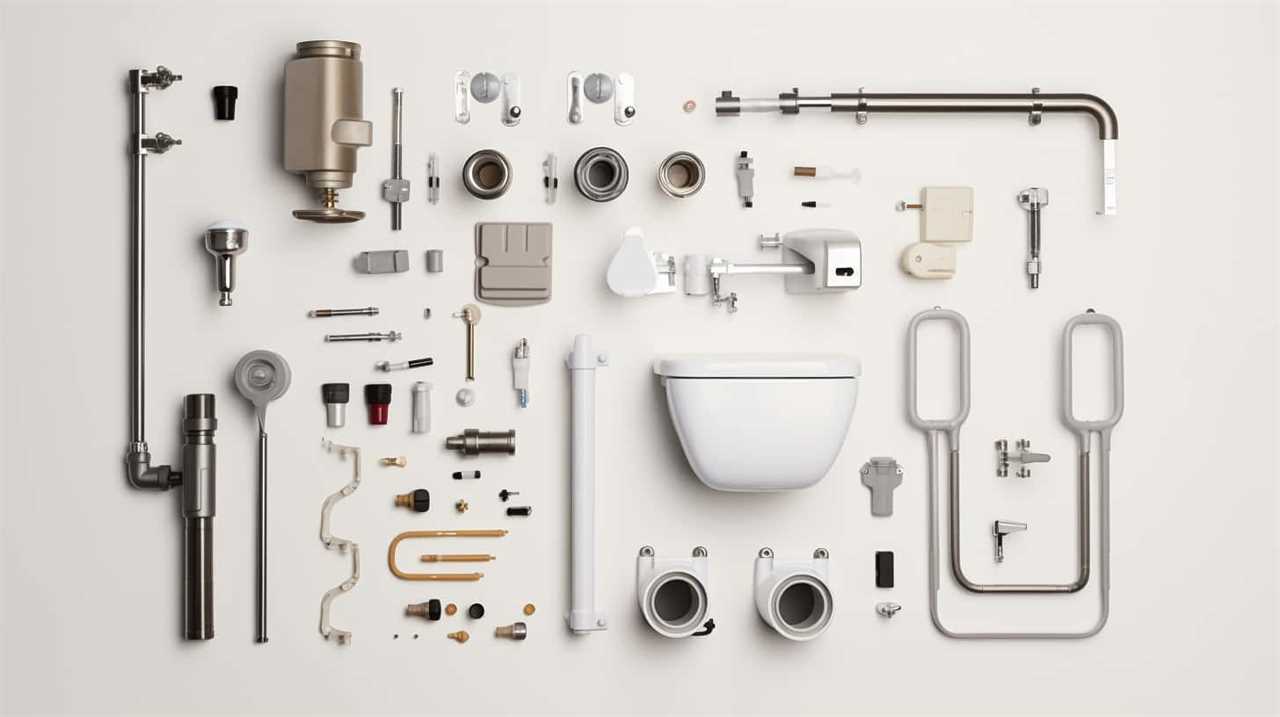
In situations where water isn’t readily available, composting toilets and waterless urinals are viable options for maintaining sanitation.
Composting toilets are self-contained systems that break down waste into compost through natural processes, eliminating the need for water. They can be installed in homes or used as portable units.
Waterless urinals, on the other hand, use a combination of gravity and special cartridges to trap and deodorize urine without the need for flushing.
These alternative solutions not only conserve water but also reduce the strain on existing water resources. By embracing these innovative technologies, we can ensure proper waste disposal even during a water outage.
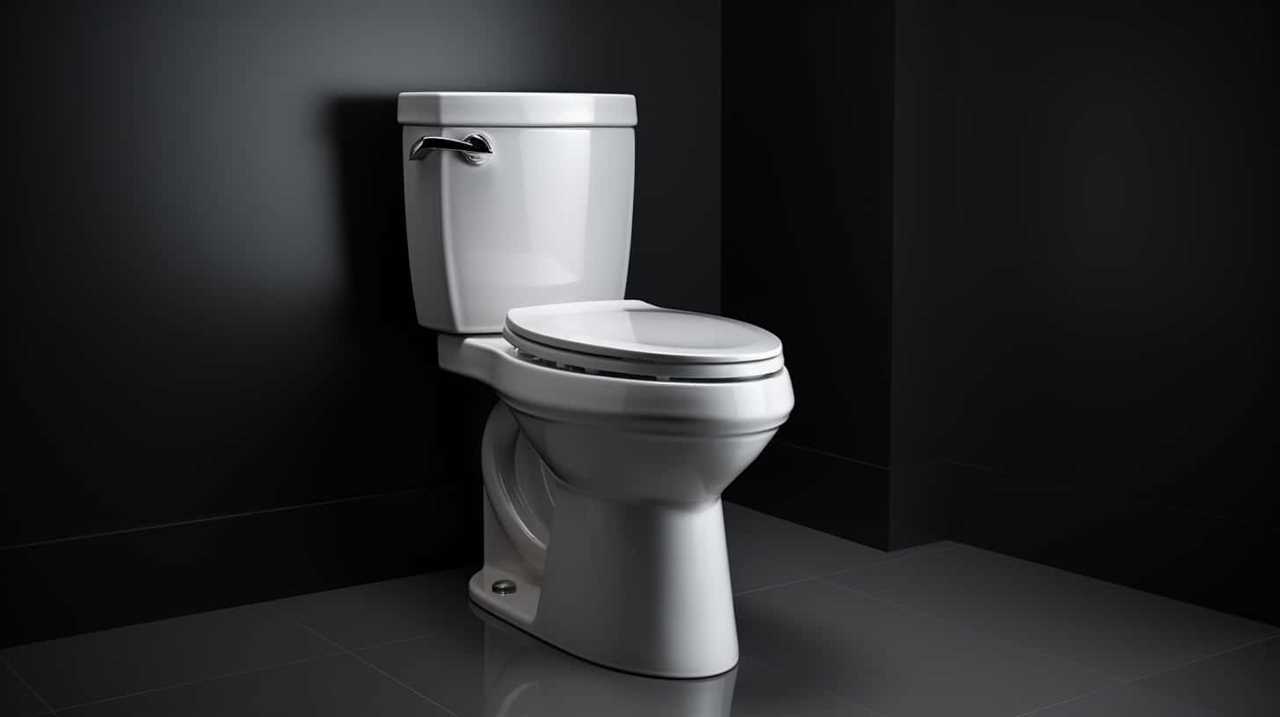
Now, let’s move on to the next section and discuss how we can prepare for a water outage by stocking up on necessary supplies.
Preparing for a Water Outage: Stocking up on Supplies
To prepare for a water outage, we should stock up on necessary supplies. It’s important to have essential items on hand to ensure our comfort and safety during this time. Here are three stocking essentials and water storage options to consider:
- Bottled Water: Keep an ample supply of bottled water for drinking and cooking purposes. Aim for at least one gallon of water per person per day.
- Water Containers: Invest in sturdy, food-grade water containers that can store a sufficient amount of water. These containers should be properly sealed and kept in a cool, dark place to prevent contamination.
- Water Purification Methods: In case your water supply becomes compromised, it’s wise to have water purification tablets or a portable water filter. These can help ensure the water you have gathered is safe for consumption.
Tips for Conserving Water During a Water Outage
As we face a water outage, it’s crucial to implement effective water conservation strategies to minimize our usage and maintain essential services. Here are some tips for emergency water conservation during a water outage:
- Limit flushing: Flush toilets only when necessary. Consider using alternative methods such as pouring a bucket of water into the toilet bowl to flush waste.
- Collect and reuse water: Place containers in sinks and showers to collect water while waiting for it to heat up. Use this water for flushing toilets or watering plants.
- Limit shower time: Take shorter showers to reduce water consumption.
- Use hand sanitizer: Instead of washing hands with water, use hand sanitizer to conserve water.
- Store emergency water: Prioritize storing water in clean, airtight containers before a water outage. Aim for at least one gallon of water per person per day for drinking and sanitation purposes.
Frequently Asked Questions
How Long Does a Typical Water Outage Last?
During a water outage, it is important to know how long it may last. To prepare, consider having stored water and a backup toilet flushing method. If the outage lasts longer than expected, contact local authorities for assistance.
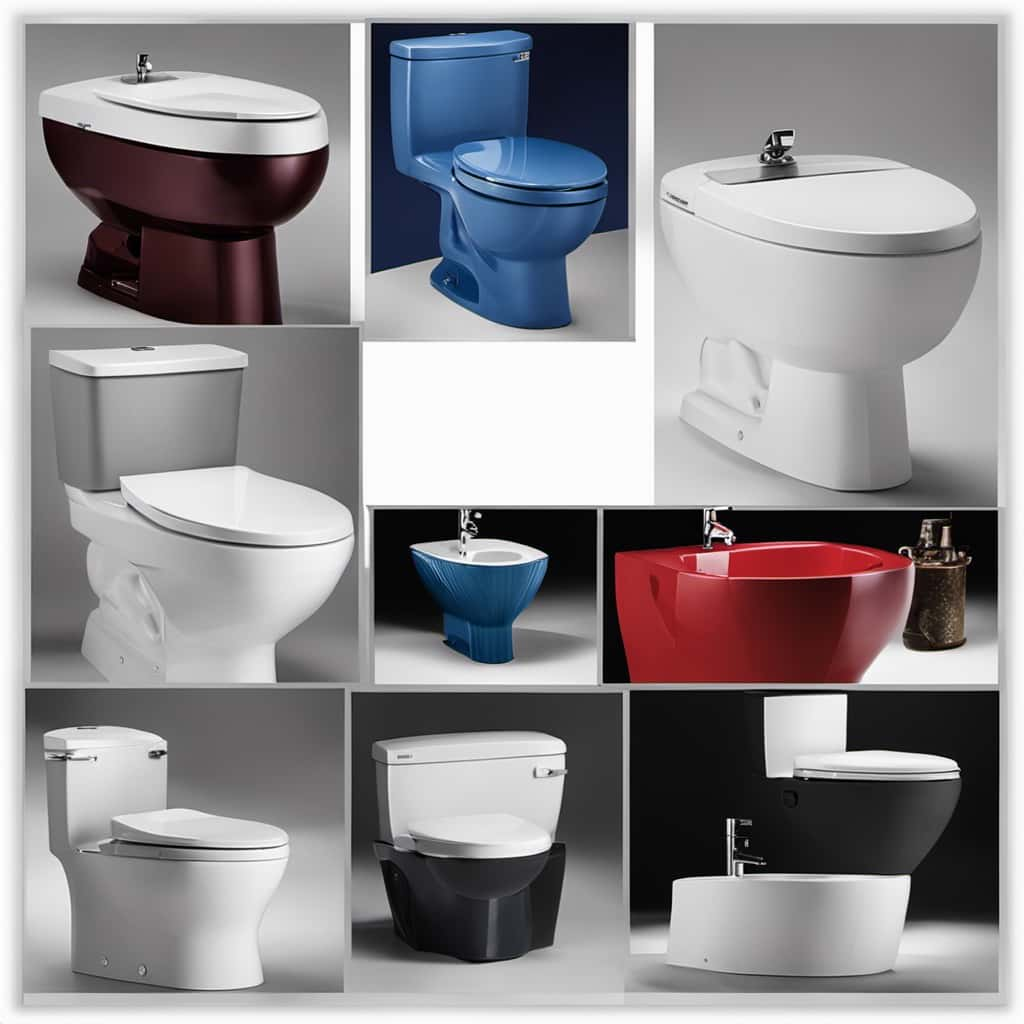
What Are the Potential Causes of a Water Outage?
The causes of a water outage can vary, from burst water mains to power failures. Such an outage can have a significant impact on daily life, affecting basic necessities like flushing toilets.
Can I Still Take a Shower During a Water Outage?
During a water outage, it is still possible to maintain hygiene by using alternative water sources. However, it is important to conserve water and only use it for essential tasks like taking a shower.
Is It Safe to Drink Tap Water During a Water Outage?
During a water outage, it is not safe to drink tap water due to water contamination risks. Alternatives for accessing clean drinking water include bottled water, water filters, or boiling water.
Will a Water Outage Affect the Functioning of Other Household Appliances?
During a water outage, the functioning of other household appliances may be affected. However, when it comes to flushing toilets, there are alternative methods available that can help us maintain a functional plumbing system.
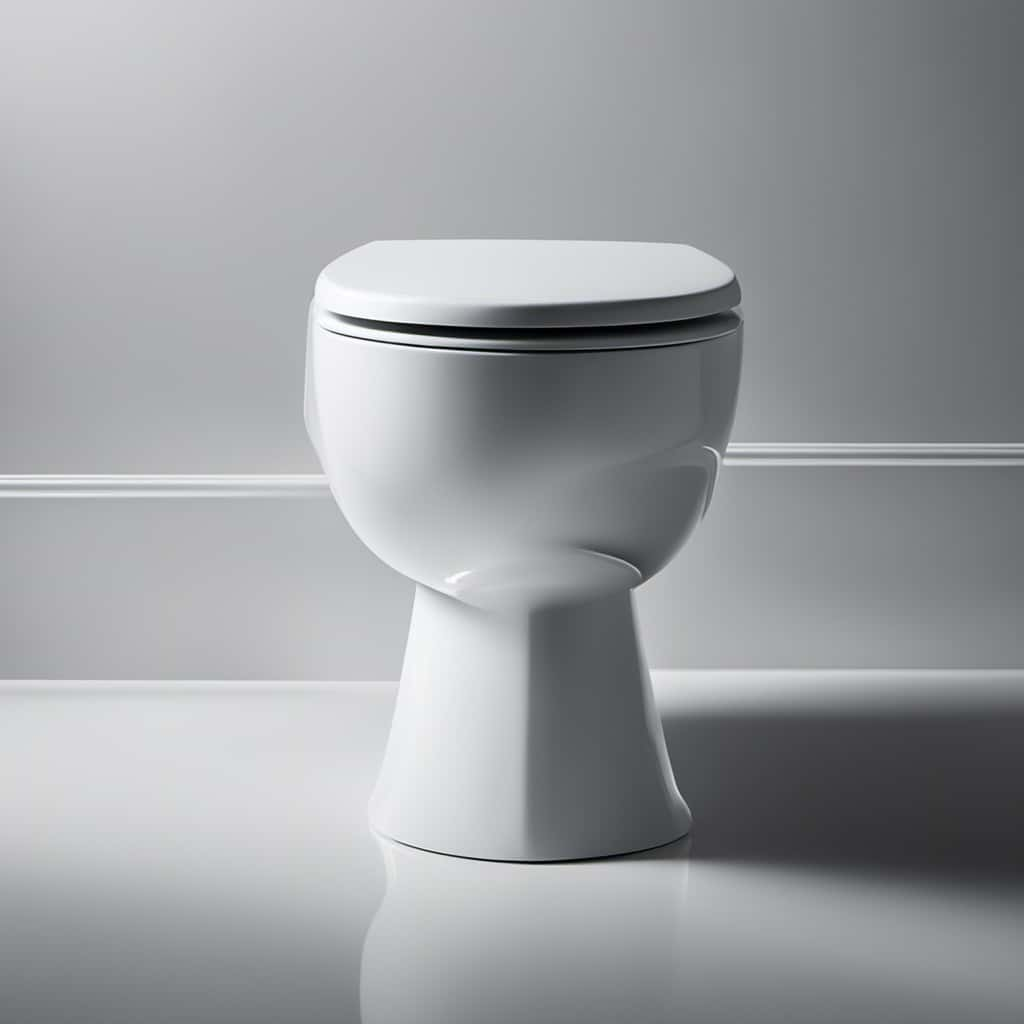
Conclusion
In conclusion, during a water outage, it’s important to remember that flushing your toilet without running water isn’t possible.
However, there are alternative methods available such as using buckets of water or chemical toilets.
It’s crucial to prepare for a water outage by stocking up on supplies and conserving water.
Remember, the irony lies in the fact that something as basic as flushing a toilet becomes a challenge during a water outage, highlighting the importance of readily available water in our daily lives.
